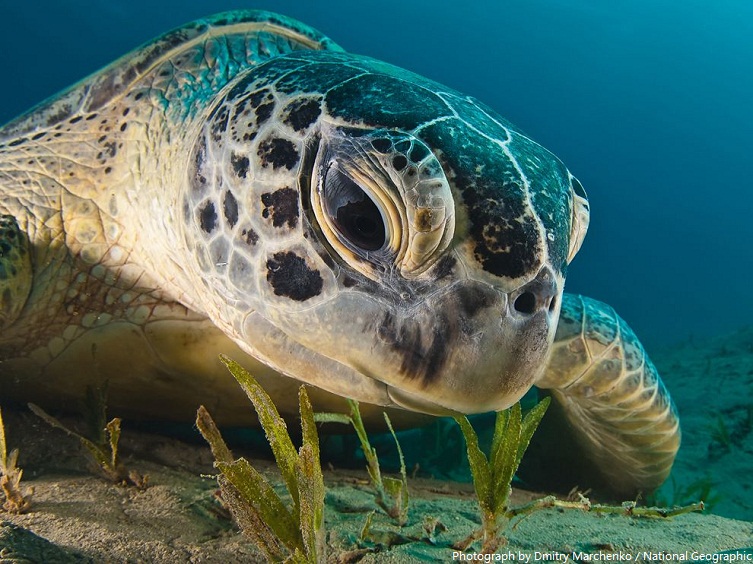
Not surprisingly, many turtles that strand with glottal tumors also have infections and inflammation in the lungs. This prevents closure of the glottis allowing seawater and food to get into the lungs. Hawaii is also unique in that turtles here get tumors in the glottis (opening to the trachea). Furthermore, many stranded turtles have concomitant infections with worms that live in blood vessels and cause inflammation of internal organs. Turtles with severe FP become immunosuppressed and get secondary bacterial infections. Public domain.)Īlthough FP is a major threat of stranding of sea turtles in Hawaii, the disease is waning in Hawaii for unknown reasons. In contrast, its presence is increasing in Florida, and it has recently appeared in Texas. About 30% of turtles recover from the disease, so it has detrimental effects on affected animals. Hawaiian green sea turtle (Chelonia mydas) with fibropapillomatosis (Credit: Thierry Work, USGS. This was very compelling evidence that whatever caused the disease, it was either something very small (maybe a virus or protein) but almost certainly not something like a bacterium or parasite that would have been eliminated in the filtration process. Subsequent molecular biology studies have consistently shown the presence of a herpesvirus in tumors. Investigators in Florida then reproduced the disease in captive green turtles by injecting tumor homogenates that had been filtered to eliminate all but the smallest particles (viruses). In doing so, they were able to reproduce tumors similar to those seen in the wild. However, many other things can cause tumors in animals. Since herpes viruses are known to cause tumors in animals and humans, this agent as a potential cause of FP was certainly plausible. Microscopic examination of tumors by researchers as the University of Florida, Gainesville, revealed particles suggestive of a herpes virus. Public domain.)įP was deemed not much more than a curiosity until the 1980s and 90s when serious research began on the disease.

Hawaiian green sea turtle (Chelonia mydas) with fibropapillomatosis (Credit: George Balazs, NOAA.

FP affects mainly immature turtles, and in Hawaii, the percentage of individuals affected can range from 20 to 40% depending on the location. In addition to causing tumors on the skin, eyes, and mouth, about 20-30% of sea turtles with the disease also have tumors in internal organs such as the lungs, kidneys, and heart. In Hawaii, the first record of the disease occurred somewhere about the early to mid-1950s. FP was first described in green turtles from Florida in the early 1920s. FP has also been documented in other species of sea turtles, but much more infrequently.

It affects mainly green and loggerheads and is found in almost all the tropical marine ecosystems where these species reside. Since 1995, the Honolulu Field Station and National Marine Fisheries Marine Turtle Biology and Assessment Program have had an ongoing collaboration to elucidate the cause and epizootiology of fibropapillomatosis (FP). FP causes unsightly external and internal tumors in sea turtles.


 0 kommentar(er)
0 kommentar(er)
